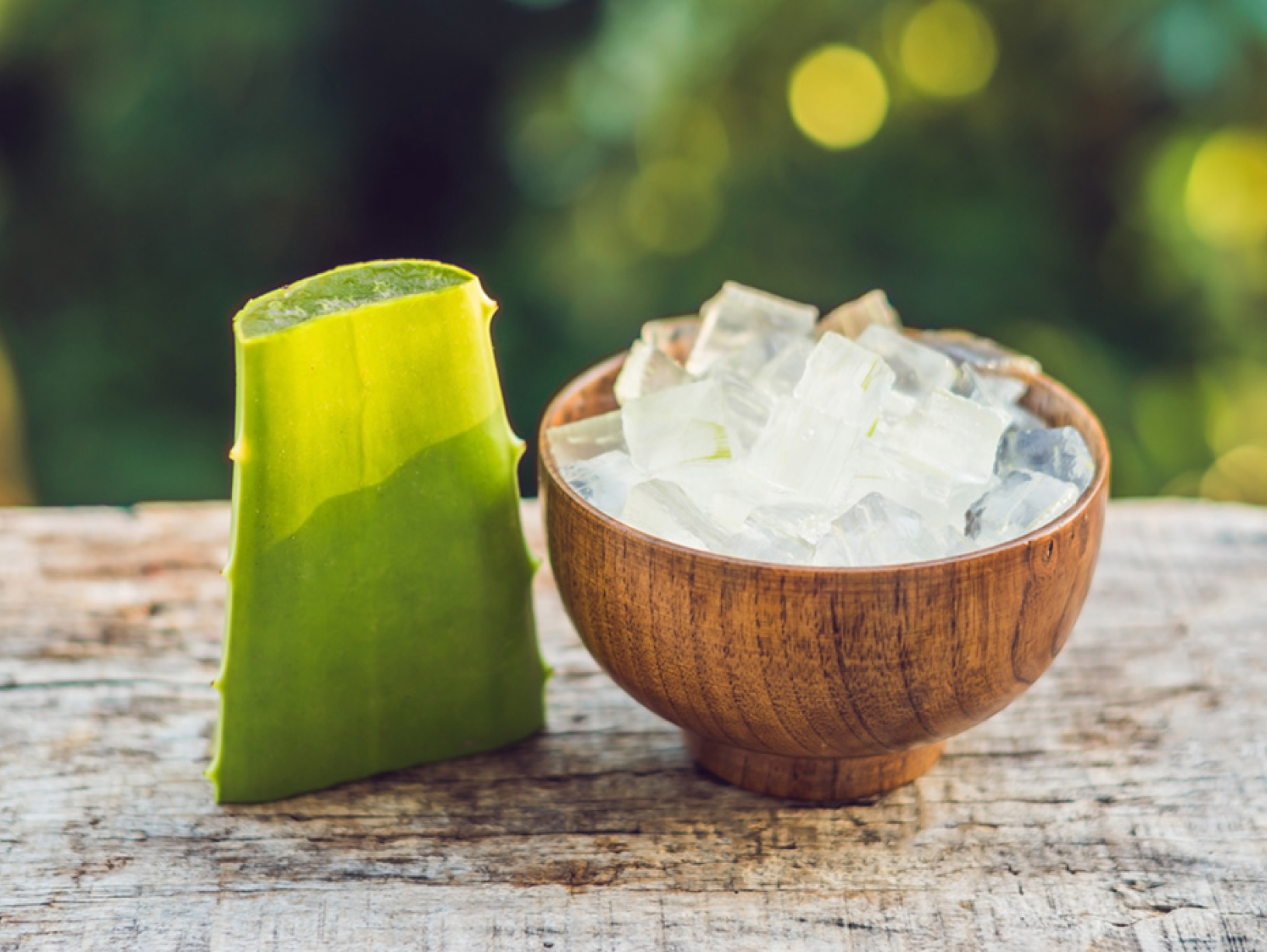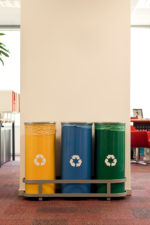Summer Sun Safety
We seem to have a love-hate relationship with the sun: we can’t survive without the welcoming embrace of its warmth, and yet it can also burn us—both literally and figuratively. This is especially true during summer. Millions of people love basking in the season’s heat and working on the healthy glow of their summer tan.
Enjoying the heat is one thing, but thinking that glow—or the hours spent in the sun to get it—is healthy? Not so fast. Sweltering heat can severely impact our health in many ways, from sunburn to heatstroke. But that doesn’t mean you can’t enjoy all that summer offers, as long as you’re smart about it. Fortunately, there are many easy ways to protect yourself and your loved ones so you can stay safe and focus on your fun in the sun.

Cover up
The surgeon general notes that approximately one in three Americans get sunburned every year, and that takes a toll. A mere five sunburns doubles your risk of melanoma, per the Skin Cancer Foundation, so covering up is a must.
A tried-and-true method of blocking the sun is to simply put a barrier between it and your skin. Some easy ways to do this include staying in the shade as much as possible, and wearing sunglasses and a wide-brimmed hat to keep the sun’s rays from hitting your face and neck areas, which tend to be more susceptible to sun damage.
In addition, some companies, such as Speedo and AmberNoon, have enhanced the sun-protection options available in recent years by making UV-blocking clothes, including swimwear, cover-ups, and casual clothing aimed at stylishly covering you from head to toe.

Lotion up
When it comes to sun protection, some people cover up as much as possible, while others prefer to use lotions or sprays. If you fall into the latter camp, be extra careful with what, how, and when you apply—it can make all the difference in avoiding sunburn. These tips can help.
- All aboard. It doesn’t matter if you swear that you “never burn.” The true effects of your burn may not be felt until much later in life. Everyone—regardless of age, gender, or race—should use sunscreen to combat the sun’s ultraviolet rays.
- Know your stuff. To maximize your protection, look for broad-spectrum sunscreen (which protects against both UVA and UVB rays) that is water-resistant and has an SPF 30 rating or higher.
- Be an every-day person. Simply put, use sunscreen anytime you plan to stay outside during the summer, whether it’s for fifteen minutes or five hours (and if you use moisturizer, opt for one that contains sunscreen). UV rays can surprise you with a burn on both cloudy days and 70-degree days, and elements like sand, snow, and water can reflect the sun’s rays and increase its impact.
- Use caution. Apply the sunscreen fifteen minutes before you go out so your skin can absorb it. And keep the tube handy: you’ll want to reapply every ninety minutes (if you’re wet or sweating) to two hours. If you choose a spray sunscreen, make sure to apply it evenly—it’s more difficult to get full coverage with sprays, especially on a breezy day.

Heal up
You tried your best, and you still got sunburned. Don’t fret. Fortunately, there are plenty of readily available balms that can provide relief. The downside? Again, the potential chemicals, whether you use a cream or spray. So before you purchase one, make sure to read the ingredient list.
Better yet, you can whip together your very own soothing aloe vera salves at home using natural ingredients, which can provide instant relief and promote skin healing.
Aloe Vera Cubes
Simply fill an ice-cube tray with aloe vera gel, and pop it into the freezer. They will not only bring you quick at-home relief but also ensure that you’ll be more conscientious about sunscreen the next time around!
































